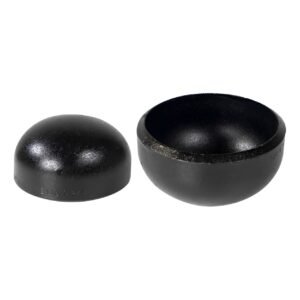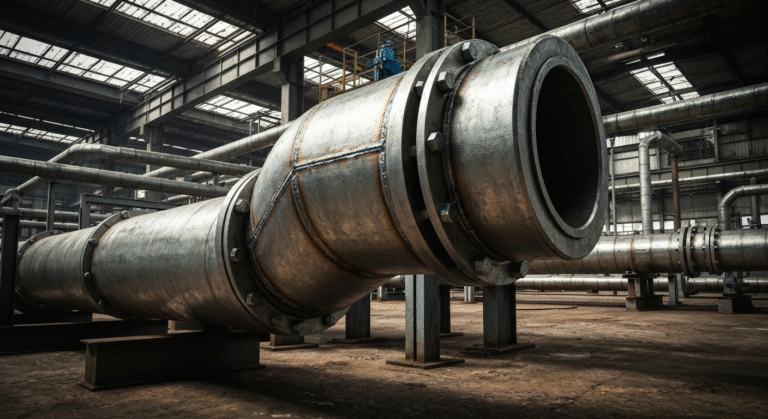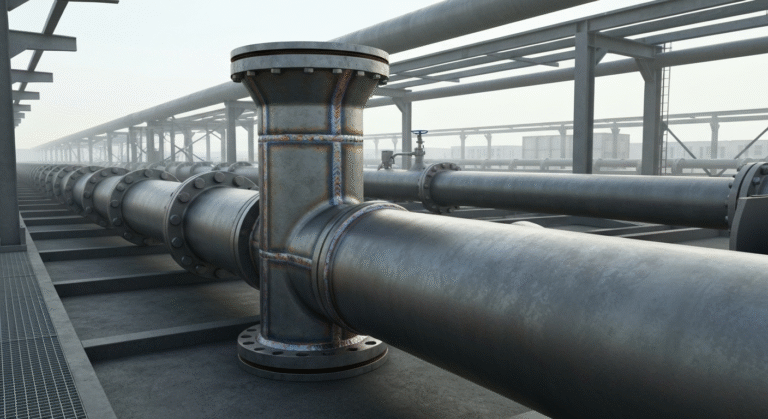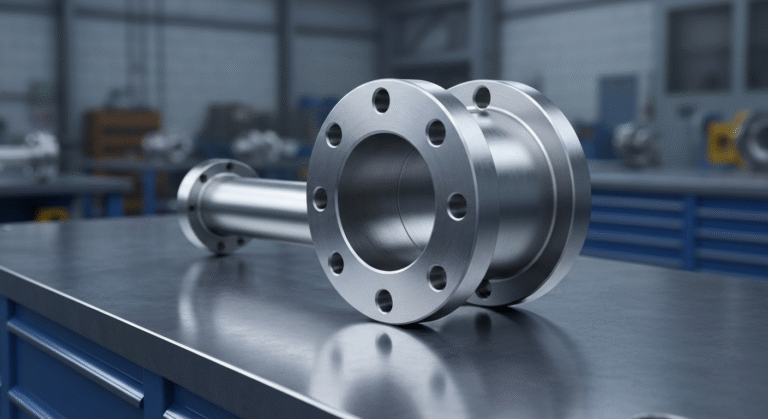-
Промышленная зона Иньчжуан, уезд Мэнцюнь, город Цанчжоу, провинция Хэбэй, Китай
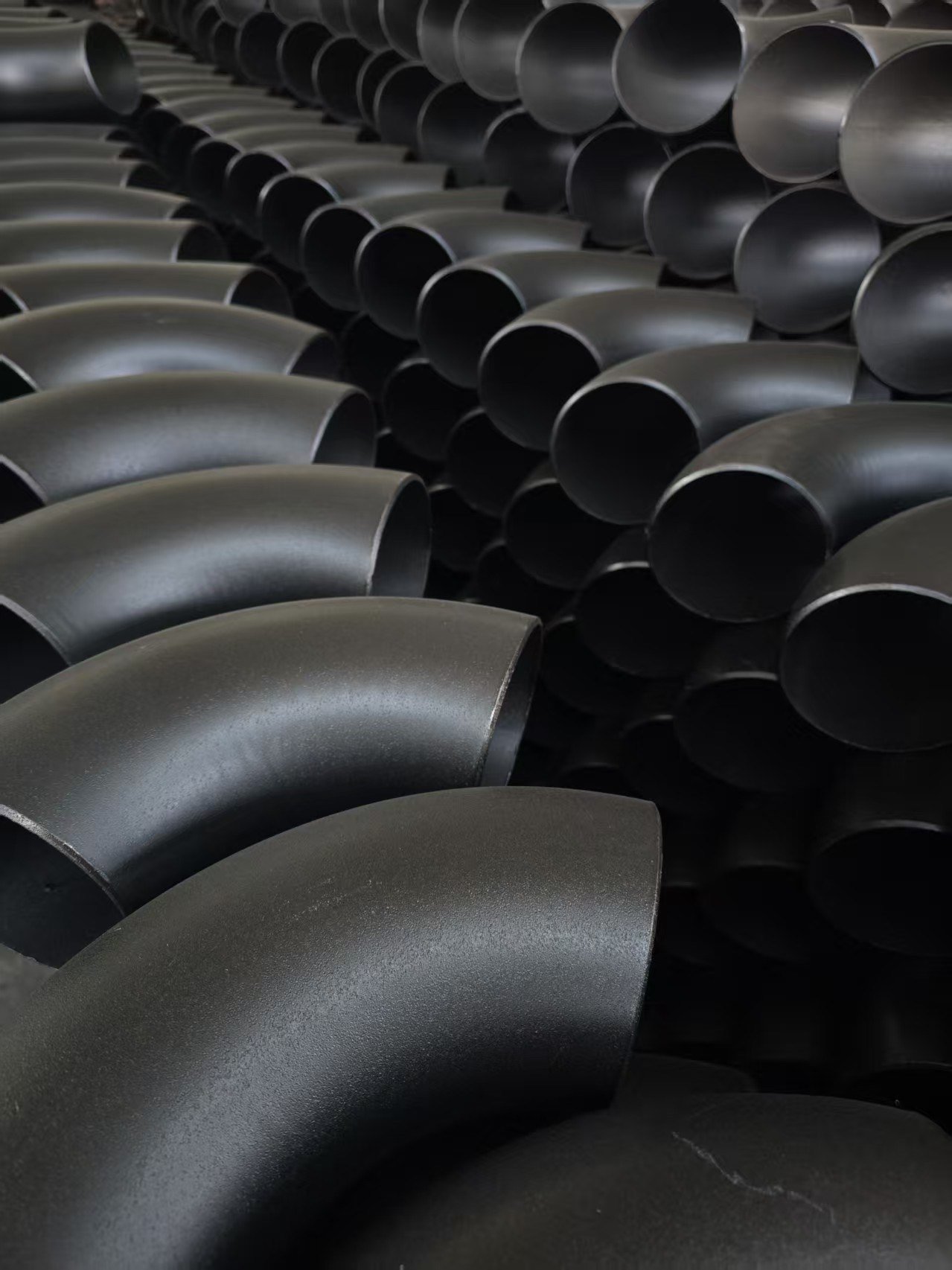
Carbon Steel Elbow Types: Long Radius vs. Short Radius

What kind of metal is this elbow made out of? : r/Plumbing
A carbon steel elbow is primarily made from carbon steel, an alloy of iron and carbon. This material is known for its strength and durability, making it ideal for various plumbing applications. Carbon steel elbows are commonly used to connect pipes at angles, ensuring efficient fluid flow in plumbing systems.
Основные моменты
- Carbon steel elbows, including the butt weld elbow, are essential pipe fittings used to change the direction of piping systems, available in long radius and short radius designs.
- Long radius elbows offer smoother flow and lower pressure drop, making them ideal for high-performance applications.
- Short radius elbows are more compact and suitable for tight spaces, often used in plumbing systems where space is limited.
- Each type is governed by ASTM standards, ensuring quality and material specifications such as ASTM A234 WPB.
- Carbon steel elbows can be sourced in various sizes and degrees, providing flexibility for diverse piping requirements.
- Choosing the right elbow type can improve system efficiency, depending on the specific application and installation context.
Введение
Elbows, including pipe elbows, are important parts in the piping world for managing unused items and helping the flow go around corners in the systems without causing big changes. Carbon steel elbows come in two main types: long radius and short radius. You will find these used in different places based on what the job needs. Knowing about these carbon steel fittings helps you pick the right one for your piping or plumbing work. It makes sure everything fits, no matter the system. You might use elbows in hot setups or in your daily plumbing. In both, this connection point really matters. It keeps everything strong and working in tough places. The right elbow gives good lasting performance for the year after year.
Key Functions and Materials of Carbon Steel Elbows

Carbon steel elbows and stainless steel elbows are key parts in piping systems. They help the flow move from one section to the next in a smooth way. This change helps keep the flow under control with little pressure drop, making a 90 degree change of direction when necessary. The radius of the bend in these elbows is crucial for ensuring efficient fluid dynamics. You will find these fittings made from different grades like ASTM A234 WPB. These are a good choice for both high temperature and places that have things that can make pipes rust. Because of how strong and steady they are, these elbows get used a lot in work places or plant sites. You can find them in buttweld fittings and socket weld systems.
If you know about carbon steel pricing, you can pick the one that fits your needs best, including options like Teflon stud fittings or a tee. This helps make sure your system works well and stays safe. These elbows and tees follow big rules and checks from ANSI and ASME too, so you know the product is ready for the job. If you are wondering where to buy carbon steel elbows shipped by third party for your project, you can find them at specialized pipe and fitting suppliers both online and in-store, as well as through manufacturers that provide ANSI and ASME certified components.
Purpose in Piping Systems and Industrial Applications
Carbon steel sch elbows play a key role in piping in China. They help change the direction of the flow. This lets fluids move easily and quickly. These elbows are made from tough materials such as ASTM A234 WPB, including options like the 90 degree long radius (LR) elbow. So, they last long and work well in high temperatures. Common applications for 90 degree carbon steel elbows include use in water supply systems, oil and gas pipelines, chemical processing plants, and HVAC systems. They are often used wherever there is a need to redirect the flow of liquids, gases, or steam efficiently and reliably within industrial piping systems.
In many industries, you will see these fittings in the run of the pipe, including 3-inch options. They connect pipes and help keep the system strong. The design of these elbows can handle a lot of different pressures. That makes it possible to use them in many different places. Black painted carbon steel elbows differ from regular elbows in that they have a protective black paint coating, which helps resist corrosion and adds durability, making them well-suited for industrial and outdoor environments. Regular elbows may lack this paint finish and, depending on the material, may not provide the same corrosion resistance under harsh conditions.
These carbon steel elbows are built to meet strict safety and reliability rules. They follow ASME and ANSI standards. You can trust them to work well in your piping system.
Material Grades and ASTM Standards (Including A234 WPB)
Many different grades of material, including alloy steel, are important for how strong and long-lasting carbon steel elbows are. ASTM standards like A234 WPB give clear rules for the standard specification of making pipe fittings and other piping parts. This rule makes sure the products can handle high heat and heavy pressure. This is why these pipe fittings work well in jobs that really matter. By following these rules, people who make these products make the structure stronger. They also help the wpb carbon steel pipe fittings work well with other parts, letting them fit into many piping systems in a lot of industries.
Understanding Long Radius vs. Short Radius Carbon Steel Elbows
The differences between long radius and short radius carbon steel elbows change how they are used in piping. The long radius elbow has a bend that is 1.5 times the nominal size, so it helps fluid move smoothly. The short radius elbow has a bend same as the nominal size, which works well when there is not much room to fit the piping. Knowing what sets these two elbows apart is important when you pick the right elbow fitting. It depends on the pressure you need to handle, and you also look at how the flow will change by using these fittings in the piping system.
Structural Differences, Sizing, and Typical Use Cases
There are key differences between long radius and short radius elbows, including the 90 degree elbow and 45 degree elbow, that impact how they are used in piping. Long radius elbows have a curve with a radius that is one-and-a-half times the nominal size of the pipe. They are often used when you want a gentle turn. This helps to cut down pressure loss and stops the flow from becoming too rough.
Short radius elbows have a radius that is the same as the nominal size of the pipe. These elbows create sharper turns. They are best when there is not much space to work with.
These main features help people pick the right elbow for their piping. Your choice will depend on things like flow, how many business days it takes for delivery, how much pressure there is, and how much room you have. If you have questions, feel free to email us during our customer service hours. Keep in mind that Monday can be a busy day for ordering supplies.
Advantages, Performance, and Selection Criteria for Each Type
Long radius elbows work well when you need less pressure drop and less turbulence. Their long radius design helps make smoother flow changes in the piping. The larger radius can cut down flow resistance. This is good for places with high temperatures. On the other hand, short radius elbows are used when there is less space and you need a quick change in direction. Picking between long radius and short radius often depends on things like nominal size, flow needs, and rules in the industry such as ASTM or ASME. This helps the piping go the way it should and gives better results.
Заключение
To sum up, picking between long radius and short radius carbon steel elbows can have a big impact on how well your piping works. It is important to know the different features of each type, such as their structure and when to use them. This helps you get the best results. You should look at things like the speed of order fulfillment, wall thickness, how big the radius is, and the fitting details given in ASME and ASTM rules. By doing this, you can make better choices that help your system work well, even when it gets very hot. Choosing the right option will make your setup more reliable.
Часто задаваемые вопросы
What does ‘SCH 40’ mean for carbon steel elbow specifications?
‘Sch 40’ shows the wall thickness for carbon steel elbows. It is a way to tell what schedule and strength the elbows have. This helps people know if the elbows match the piping system. It is important for safety and for making sure piping works well. Both long radius and short radius elbows use this wall thickness. Having the right thickness is good for radius, carbon steel strength, and keeping the system safe.
How is a butt weld carbon steel elbow installed?
Butt weld carbon steel elbows are put in place by making sure the ends match up with the pipes. This helps get a good fit. After that, the joints get welded. You can use methods like TIG or MIG welding for this. This makes a strong, tight connection that is important for keeping everything working well in the system.
Why choose carbon steel elbows over other pipe fitting materials?
Carbon steel elbows are strong and built to last. They work well when you need to handle high pressure in piping. The material does not rust easily and can stand up to very hot or cold temperatures. This means you get good use out of them for a long time. In many places where piping is used, these elbows hold up well and keep working right, even in tough settings.
